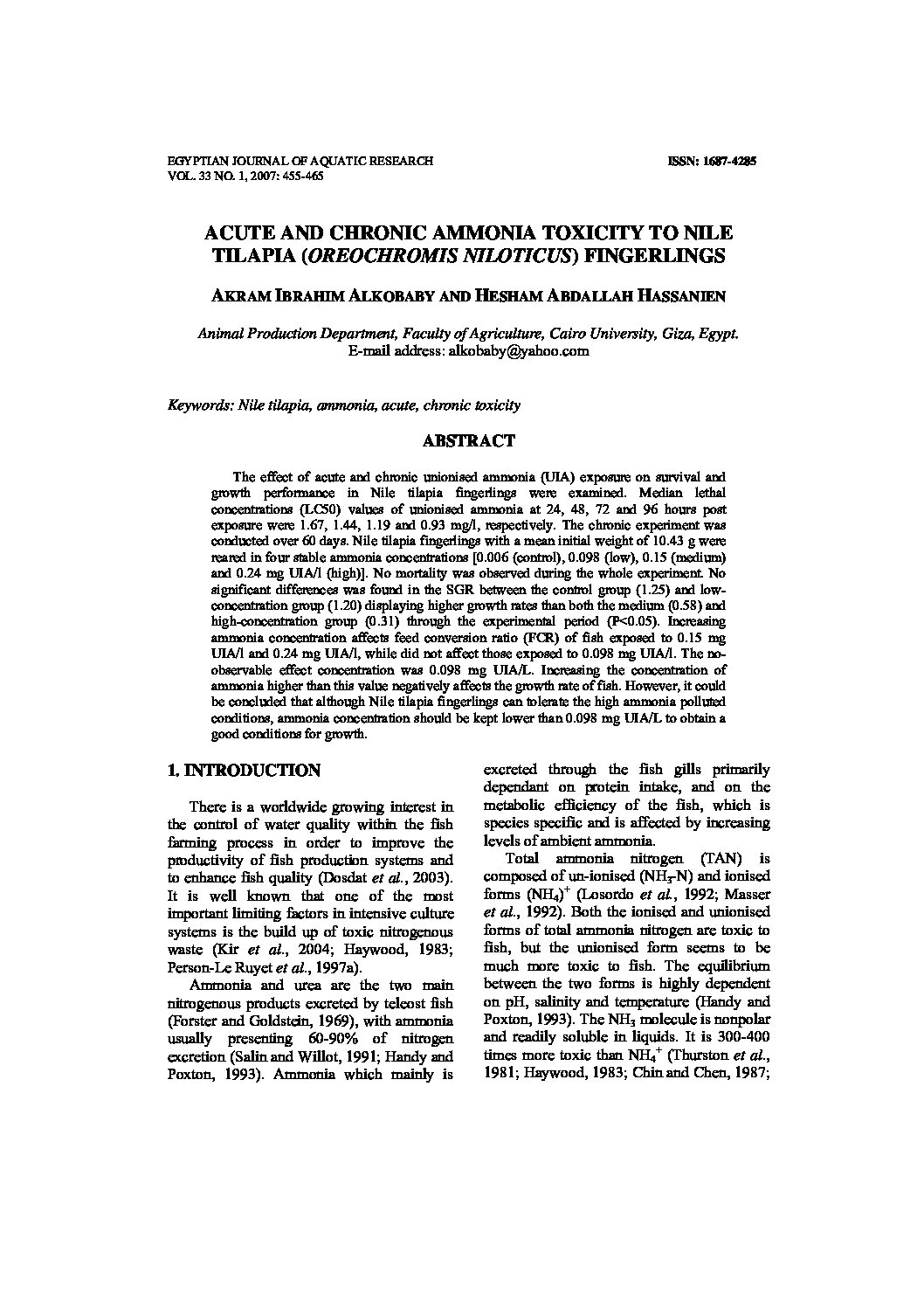Categories
vol-33WATER-ROCK INTERACTIONS AND GEOCHEMISTRY OF
GROUNDWATER OF A COASTAL CARBONATE AQUIFER,
NORTHWEST EGYPT
A.A.EL-FIKY1 AND, M.M. EL-MAGHRABY2
1 Department of Environmental Sciences, Faculty of Science, Alexandria University, Egypt 2 Geology Department, Faculty of Science, Alexandria University, Egypt
[email protected]
Keywords: Hydrogeochemistry, Salt-water intrusion, Petrography, water-rock interaction.
ABSTRACT
The geochemical evolution of groundwater and porosity development of a coastal
carbonate aquifer due to mixing of freshwater and saline water were investigated to reveal
that this geochemical mixing results in a chemically active environment where carbonate
mineral diagenesis occurs. The study area is located along the northwestern coastal zone of
Egypt at the Umm El Rakham area to the west of Mersa Matruh City. The Pleistocene
oolitic limestone aquifer is the main source of groundwater in this area, where a shallow
thin freshwater layer floats over dense seawater. Groundwater salinization is expected in
such area as a result of over-exploitation that leads to salt-water intrusion. Origin of salinity
and the development of the aquifer porosity were assessed by the integrated use of chemical
and petrographic parameters. The problem of groundwater salinization in coastal aquifers,
besides active seawater intrusion, may be affected by several human activities that
accelerate the progressive deterioration of water quality, such as concentrated pumping,
intensive agricultural practices including return flows. The high salinity zone may be
developed due to mixing with the underlying salt water. Generally, the groundwater salinity
increases from the southern part of the area towards northeast and northwest. The chemical
composition of groundwater in the study area shows predominance of Na, Mg, Cl and SO4.
High salinity values and the appearance of Na-Cl water strongly suggest mixing with sea
water. The application of several hydrochemical techniques (Piper diagram, Schoeller
diagram, binary relations, ionic ratios) combined with field observations, may lead to a
better explanation of the origin of the saline groundwater. The high boron content reveals
that seawater contributes these high concentrations and it coincides with high salinity
values at this part. The high Sr contents in groundwater samples may be attributed to
dissolution of the Pleistocene carbonate minerals of the coastal aquifer where aragonite is
the main carbonate species. Petrographic investigation of the aquifer rock samples of the
study area indicates those aragonite and low-Mg calcites are the two carbonate minerals
present. Groundwater from the carbonate coastal aquifer of Umm El Rakham area shows
varying values of the saturation indices with respect to calcite and aragonite. All of the
groundwater samples are oversaturated with respect to dolomite and are strongly
undersaturated with respect to gypsum.







